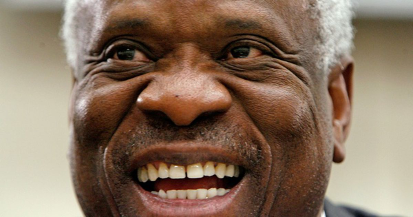Once upon a time, in what seems like a galaxy faraway, I was living the perfect life. Perfect wife. Three perfect children. East Coast boarding schools. A mountain house near Sun Valley. A large manicured lawn. My own tennis court. A large clear-redwood deck. Flying for Pan Am. Commuting to Europe. A month on. A month off. Berlin-based. In and out of European capitals. A classic high-ceilinged Alt-Bau apartment on the edge of the Grunewald. Training for marathons.
And then one day the perfect life ended… I came down with a neuromuscular disease. Symptoms included double vision, drooping eyelids, legs too weak to climb into a van, and jaw muscles too weak to bite into an apple. Then my sick pay ran out, income went to half, Pan Am went bankrupt, income went to zero, and I lost most of my pension.
But, this isn’t about me. It’s a story is about Haydn – sort of. One of my favorite writers, Tim Cahill, describes the arc of a good story as “set up, set up, walk off” That stuff about me is the first set up. What comes next is the second set up. Then comes the walk off.
Second set up… Things went from perfect to imperfect. Marathon training ceased and I traveled from hospital to hospital – San Francisco, Ketchum, Palo Alto, Boise, – as science was applied to the problem. What went wrong with my perfectly healthy body? Was there a diagnosis? Would there be a treatment plan?
So many changes. I couldn’t read because of the eye problems, couldn’t do much but listen to books on tape, sleep, and eat soft food. But, there’s a hero or heroine in every good story, and in this one it was the perfect wife who dropped her artist/painter gig to become caregiver, income provider, travel companion, long distance mother, cook, housekeeper, and medical escort. She left her studio for a cocktail waitress job in a Ketchum bar before tucking me in for the night. And she did it all without complaint.
But there was a bright spot even in that dark universe. Before all the medical chaos and family upheaval, the best art gallery in Ketchum had booked her for a one-woman show. Fortunately, the work was complete and all she had to do was show up on opening night. And so, on the appointed night she loaded me in the van and we headed to town.
It was a summer night, warm and light at 8pm on the western edge of the Mountain Time Zone. The doors of the gallery were open. The art crowd was strolling in and out as we approached, and we could hear chamber music coming from inside. The guests were milling about, and the perfect wife’s large encaustic paintings looked wonderful on those big white walls.

She was surrounded and engaged when we walked in. Someone got a chair for me, and placed it against the wall next to the musicians. They were an all-female string quartet– two violins, a viola, and cello – from the Boise State College music department and sounded celestial.
It was my first outing and it felt good despite the limitations. I was carried away by the music – just what I needed. The quartet itself was tight and lively, and at the end of one number I thanked and complemented the leader. She looked at me with a smile and said, “You can’t beat Haydn.” I banked that one and it’s been a mantra of mine ever since. You, definitely, can’t beat Haydn. It was a good night for me, and on top of that the perfect wife/artist sold two paintings.
My medical problem turned out to be myasthenia gravis (MG), a neuromuscular disease something like multiple sclerosis (MS) but un-alike in that it is not progressive. With MG the muscles don’t fire because the nerve’s message doesn’t get to them. It’s an enzyme problem. No enzyme. No muscle action. It was my second time around, but the first episode, lucky for me, was mild and misdiagnosed. If it had been properly diagnosed, I would never have been able to get my commercial pilot’s license back or the 16 additional years in the cockpit.
The good news – and there is good news – is that my symptoms began to remit after a year. Double remissions are rare, so this was especially good news. Three years later, I was able to take the eye patch off without double vision. By then, the perfect wife and I owned a moderately successful Italian bistro in Ketchum. The day I showed up at work without the patch, one of our customers suggested I put it back on. He told me I looked much more interesting the day before and should keep wearing it whether I needed it or not.
Ready for the walk-off?
In my current galaxy, life is imperfectly perfect again. The MG is in complete remission, and I feel lucky to wake up every morning and find myself alive. I have a different perfect wife now (another story for another time), but my three perfect children are all grown and perfectly functional. The mountain house, tennis court, Berlin apartment and airline job are long gone, but there have been other interesting houses, tennis clubs, and jobs.
These days, in our perfect apartment on beautiful Lake Washington, I get up before the perfect wife does, walk to the kitchen, turn on the espresso maker, and ask Alexa to play some Haydn chamber music. And, as I do, I never fail to think of the first violinist and that night in the gallery. She was so right. “You can’t beat Haydn.”











































